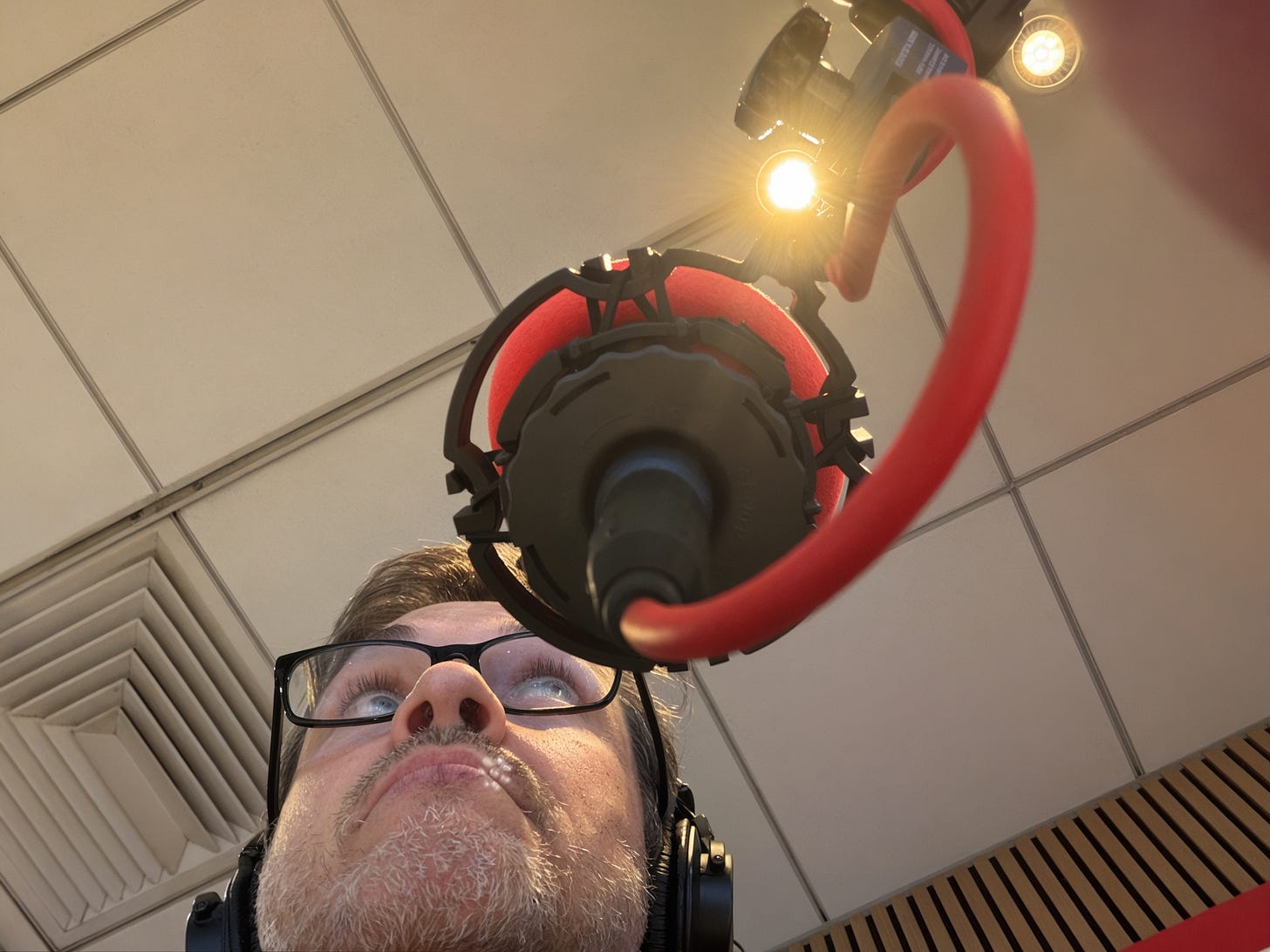I’ve been in radio long enough to remember what it was like before 1996 (actually, a lot further back, but let’s not talk about that right now). Back when most stations still had live bodies in the building around the clock. Back when a “morning show” meant four or five people in a room throwing bits, not one guy recording liners from his closet.
But times change. And in radio, times have changed in one very particular way: there are fewer of us doing the talking.
Let’s look at the numbers.
📉 The Talent Crunch: Then and Now
According to the Bureau of Labor Statistics, in 2023, there were about 26,500 broadcast announcers and radio DJs working in the United States.
That number is expected to decline another 4% by 2033.
Now here’s where it gets stark:
In 2018, Data USA estimates that number was around 35,882.
By 2022, it dropped to 26,959.
That’s a loss of nearly 9,000 on-air jobs in just four years — a 25% decline.
It’s not just a slow fade. It’s a purge.
📻 What Happened?
A few things.
1. 1996 Deregulation
The Telecommunications Act of 1996 opened the floodgates for massive corporate consolidation. Companies could suddenly own way more stations per market. So they did. And when they merged, they cut staff. Why have a midday jock in Bakersfield when you can pipe in a voice from Dallas?
2. Automation and Voice Tracking
That overnight guy you used to hear? He’s been replaced by a MacBook Pro. Or more likely, a prerecorded shift from someone doing six markets before lunch. Automation didn’t just take away jobs — it stripped stations of local identity.
3. The Pandemic Accelerator
COVID didn’t start the collapse, but it sure stomped on the gas. Stations already teetering on tight margins leaned harder into layoffs and syndication. More voice-tracked shifts. More hub-and-spoke operations. More layoffs.
🧠 The Vanishing Human Element
What gets lost when you lose live, local talent?
A sense of place.
The ability to pivot in a breaking news moment.
That voice you grew up with — the one who told you school was canceled, or played your dedication, or made you laugh on the way to work.
It’s not just jobs that are disappearing. It’s connection.
🗺️ From Then to Now: A Timeline
YearEstimated On-Air Jobs1996~30–35k (est.)201835,882 (Data USA)202226,959202326,500 (BLS)2033~25,400 (projected)
The peak was probably somewhere in the mid-2000s. The drop didn’t begin in earnest until after 2018. Since then, the floor’s been falling out.
💔 A Personal Note
I’m one of the lucky ones. I've lasted longer than most. But I’ve also seen studio chairs go empty and never get refilled. I’ve watched talented people walk out the door with cardboard boxes, not because they weren’t good at their jobs, but because some spreadsheet said they were expendable.
The industry still has a pulse, but the heartbeat’s thinner. And if you're thinking of getting into radio, you should know the truth: there are fewer jobs, and most of them ask one person to do the work of three.
🕯️ What Now?
Radio’s not dead. It won’t be for a while. But it’s leaner, meaner, and much less forgiving.
And here’s the kicker: people still listen. The medium isn’t the problem.
If you value human connection on the airwaves — the local voice, the midnight DJ, the goofy weekend shift — support it. Call stations. Advertise locally. Let programmers know that being live and local still matters.





Local radio representation is so vitally important! It adds to each community's character and avoids the homogenous, non-specific coverage that weakens local identity and power.